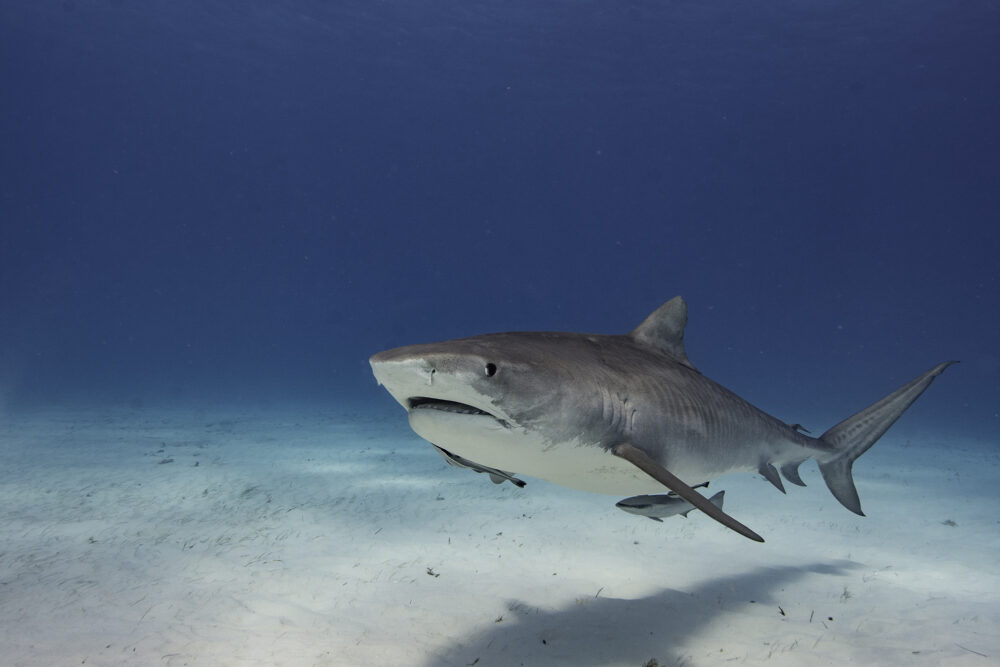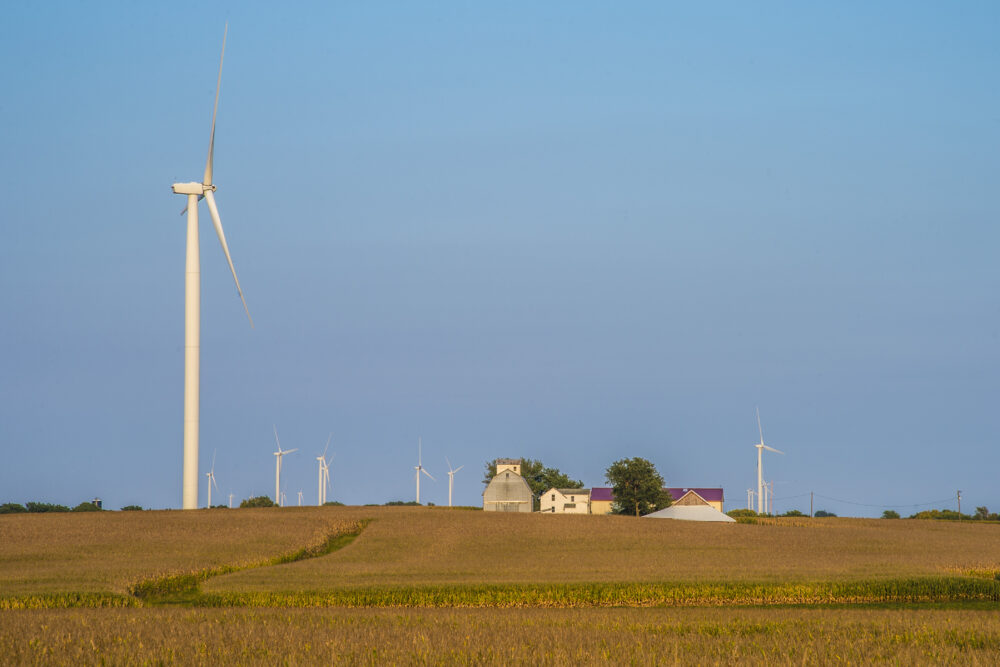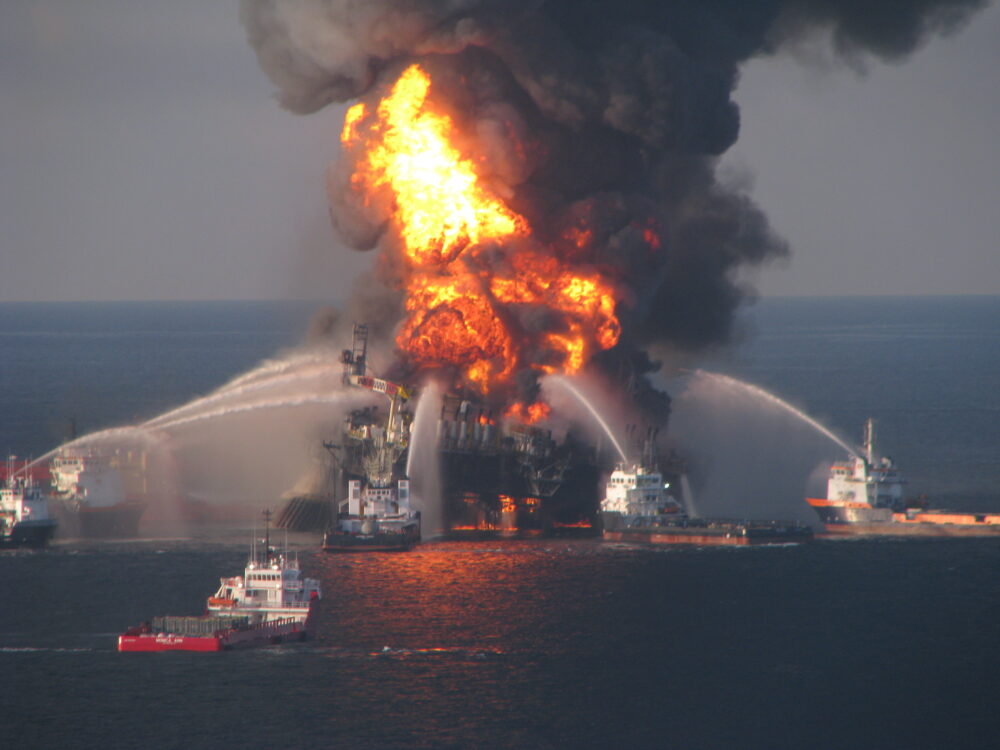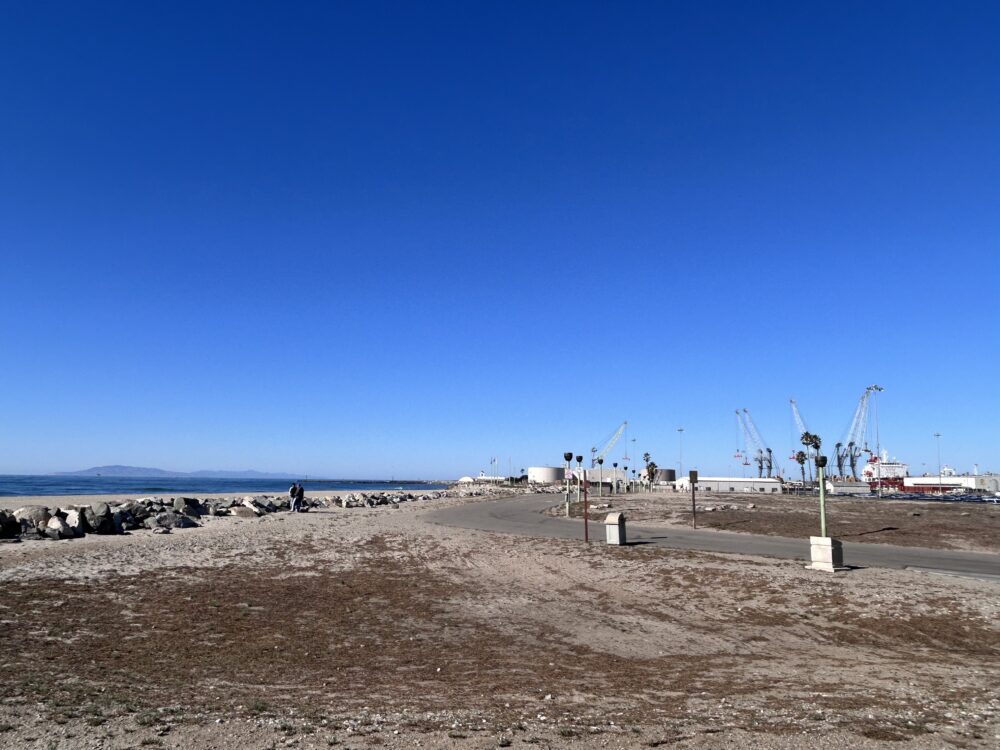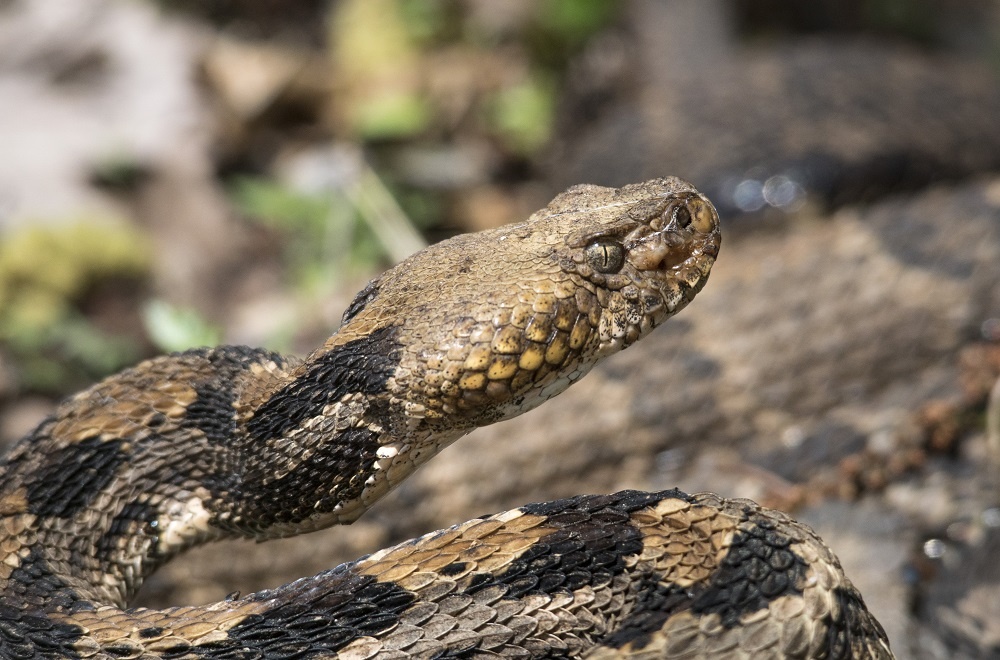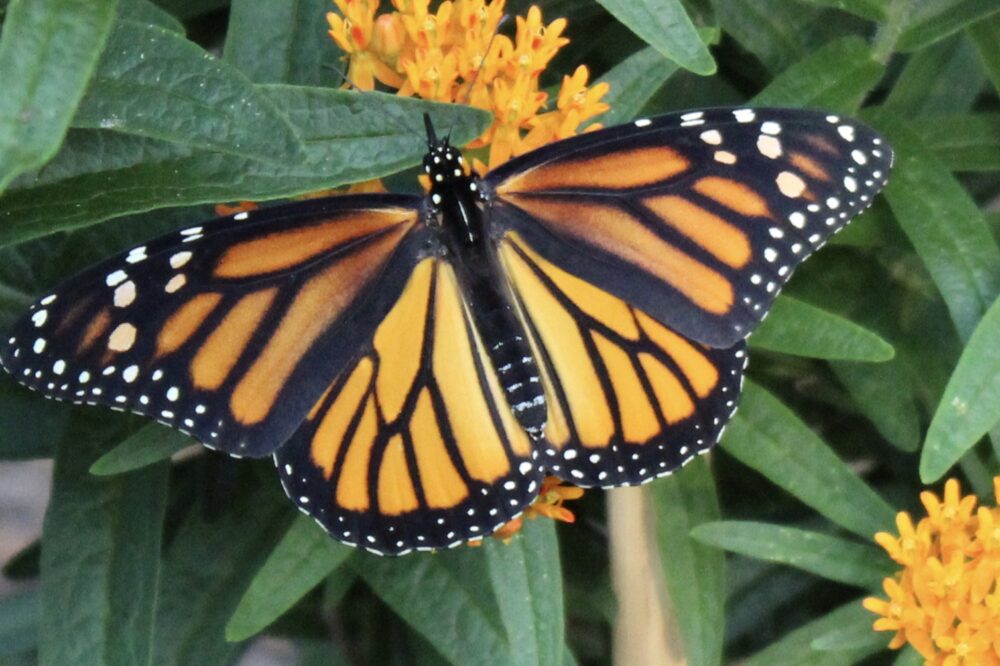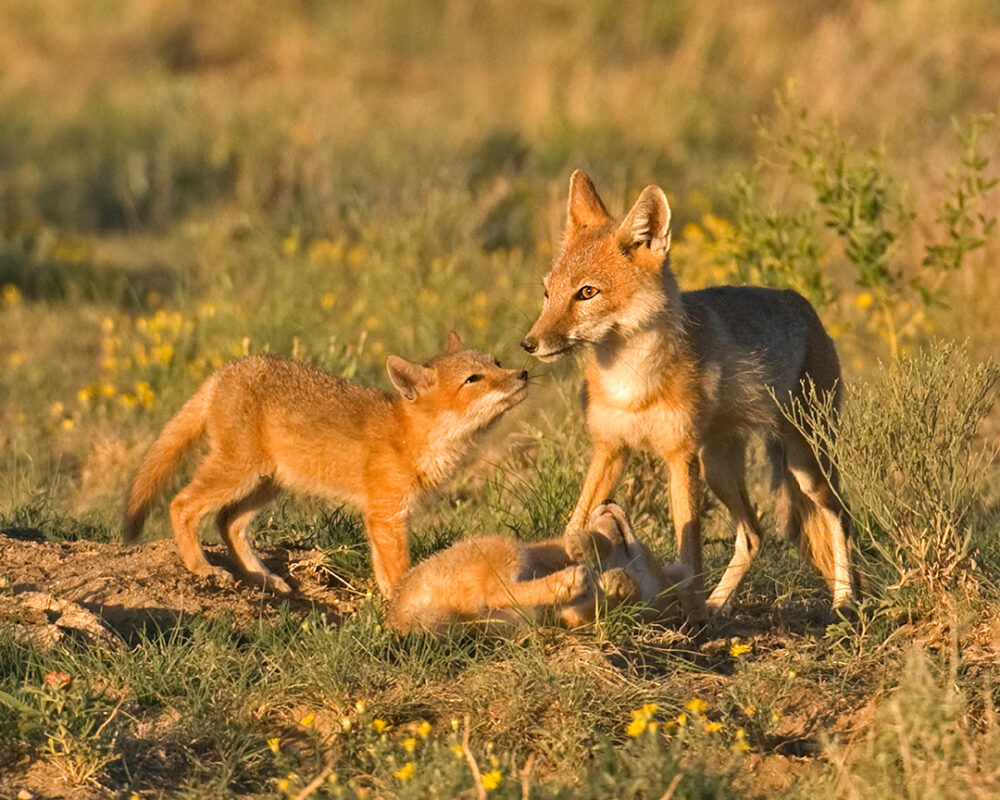We have much more to do and your continued support is needed now more than ever.
Ten National Wildlife Refuges That Need Our Support Most

When cold weather looms, hundreds of Florida manatees drift into Crystal River National Wildlife Refuge, gathering around the warm springs that will keep them alive through winter. In this sanctuary, the slow-moving, placid “sea cows” find unspoiled habitat and abundant seagrass. Here, they are safe from the motor boats that have left scars on more than 95% of their species’ adults.
Located in Kings Bay off Florida’s west coast, Crystal River exemplifies the key role the National Wildlife Refuge System plays in restoring threatened and endangered species and conserving American wildlife. Run by the U.S. Fish and Wildlife Service, many wildlife refuges offer recreational nature experiences rarely found elsewhere—like the chance to swim with manatees, which attracts over 400,000 visits to Crystal River refuge’s waters each year.
But, despite its vital service for both wildlife and people, Crystal River NWR began 2025 with more than $3 million in unfunded maintenance needs, including trail upkeep and dock repairs.
In fact, more than 450 wildlife refuges across the country have such backlogs. Decades of under-investment have resulted in limited access and degraded crucial habitat at many national wildlife refuges. These public lands are essential for people, wildlife, and the way of life for many American communities. Congress should address their needs in upcoming bills to fund the government.
For a glimpse at the natural gems at stake in this funding conversation, take a look at the ten national wildlife refuges with the highest needs.
Crab Orchard National Wildlife Refuge
Estimated maintenance backlog: Over $105 million

Spanning more than 40,000 acres, this wildlife refuge in Illinois encompasses a dazzling variety of habitats—including forests, prairies, wetlands, lakes and cropland. More than 100 bird species call the area home, including six nesting pairs of bald eagles. Visitors can improve their chances of spotting the iconic birds of prey by taking an Eagle Tour offered by the nonprofit Friends of Crab Orchard Refuge.
The refuge’s maintenance backlog includes dozens of projects related to public use and recreational activities, with work needed on everything from boat launches and campgrounds to roads and restrooms.
Midway Atoll National Wildlife Refuge
Estimated maintenance backlog: Nearly $86 million

The oldest known bird living in the wild, an albatross named Wisdom, makes her home on Kuaihelani, or the Midway Atoll. In December 2024, she laid an egg at the age of 74, adding one more resident to the millions of birds and fish that occupy the Hawaiian atoll, which comprises three small islands encircled by a coral reef.
Midway Atoll NWR is currently closed to the public due to reductions in refuge staff and operational capacity. Unmet maintenance projects rolled over from 2024 included upkeep on critical infrastructure like seawalls, septic tanks, and chemical storage facilities.
Wichita Mountains National Wildlife Refuge
Estimated maintenance backlog: Nearly $63 million
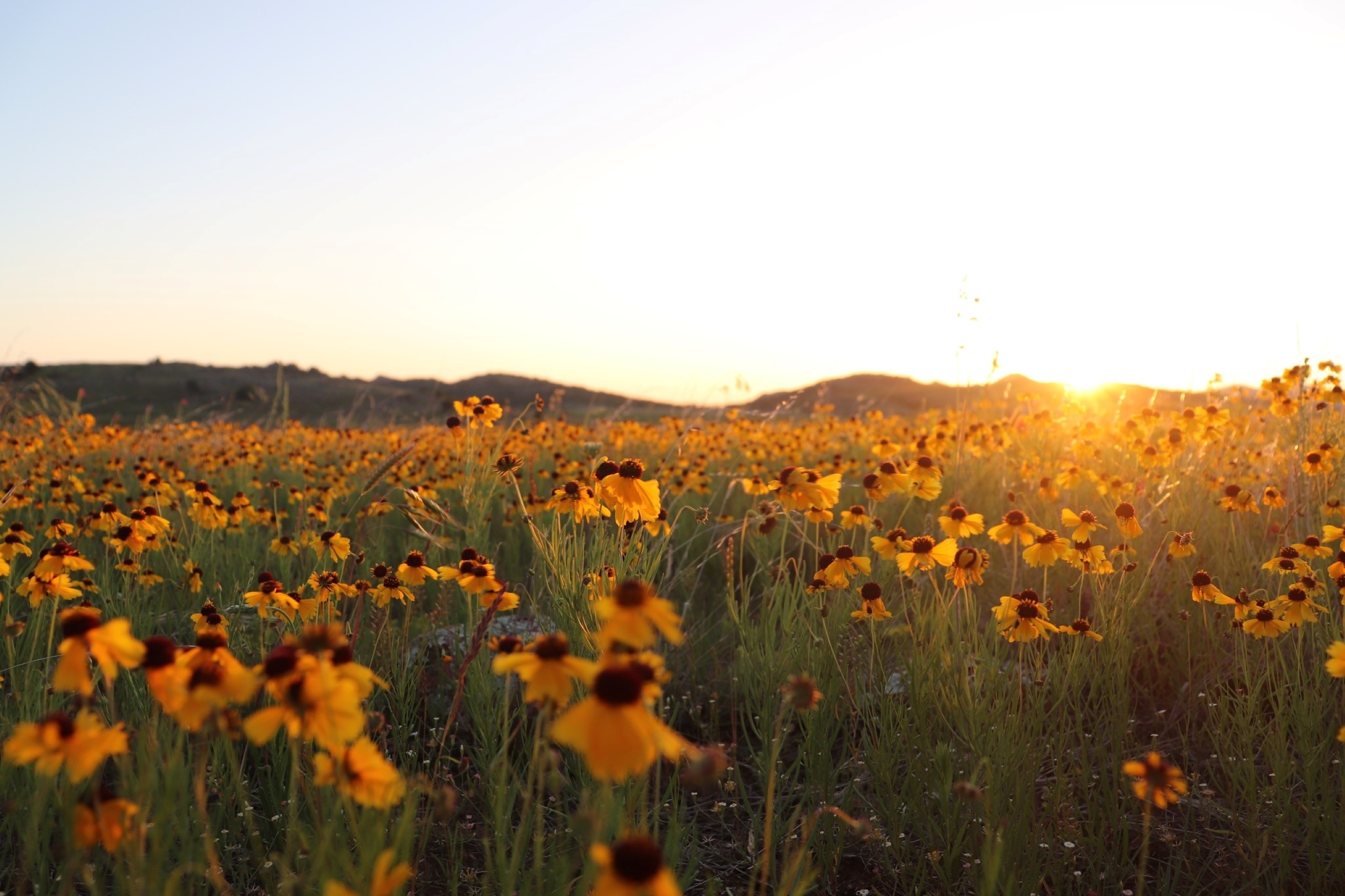
This wildlife refuge in southwestern Oklahoma is best known for roaming bison, Texas longhorn cattle and Rocky Mountain elk. But visitors can also find opportunities for fishing, bird watching, hiking, camping and kayaking.
One unique activity Wichita Mountains wildlife refuge offers is scuba diving in Lake Elmer Thomas Dam. However, as of early 2025, the refuge’s maintenance backlog included repairs for six dams labelled “significant” or “high” hazard—including Lake Elmer Thomas Dam.
Don Edwards San Francisco Bay National Wildlife Refuge
Estimated maintenance backlog: Over $42 million

Grassroots efforts by communities around the San Francisco Bay spurred the creation of the first Urban Wildlife Refuge in 1972. Recently, the refuge opened the Flyway Trail, which connects to Menlo Park and East Palo Alto, giving city residents walking access to serene wetlands and shorelines that host more than 280 bird species.
The refuge is in the midst of a major shoreline restoration project aimed at protecting neighborhoods in north San José from flooding. But its maintenance backlog includes millions of dollars in funding needs for work relating to levees—a central part of the flood control plan.
Dale Bumpers White River National Wildlife Refuge
Estimated maintenance backlog: Over $4o million

Dale Bumpers White River wildlife refuge has been critical for the recovery of black bears in the state of Arkansas. It’s also a crucial wintering sanctuary for waterfowl and other migratory birds.
The refuge attracts more than 450,000 visits each year from hunters, anglers, bird watchers and others. More than 90% of the refuge’s missing maintenance funding from 2024 was earmarked for projects relating to public use, such as boat launches, ATV and hiking trails, campgrounds, and parking lots.
Merritt Island National Wildlife Refuge
Estimated maintenance backlog: Over $36 million

Merritt Island National Wildlife Refuge occupies the undeveloped land surrounding NASA’s Cape Canaveral launch complex and space facilities. The 35-mile long barrier island provides a key resting stop for migratory birds traversing the Atlantic Flyway and shelters 15 federally listed threatened and endangered species, including the iconic Florida manatee.
The refuge’s unfunded maintenance needs from 2024 included repairs and upkeep on infrastructure ranging from levees to observation decks to the boardwalk by the visitor center.
Pocosin Lakes National Wildlife Refuge
Estimated maintenance backlog: Over $35 million
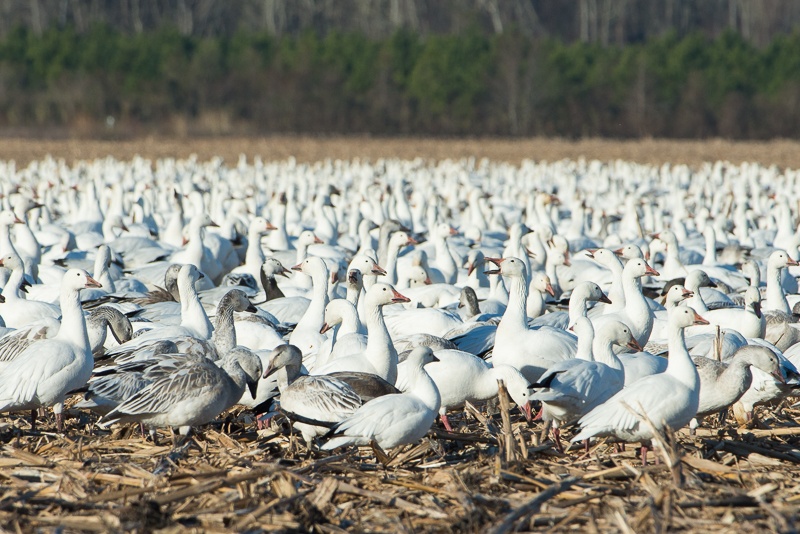
Derived from a Native American word meaning “swamp on a hill,” pocosin is a rare type of wetland habitat found primarily in the southeast U.S. Development has wiped out many of these once-prominent regional ecosystems, but this refuge conserves more than 100,000 acres of pocosin peatlands in North Carolina.
In addition to providing key wildlife habitat, restoring these pocosins helps keep human communities safe from flooding, wildfires, and saltwater intrusion into drinking water sources.
In order to farm and harvest timber, the land’s previous owners installed an extensive ditch system, which drained and artificially dried out the peat soil, degrading habitat and making the areas more susceptible to catastrophic fire. The Pocosin Lakes refuge uses a complex water infrastructure system to retain rainwater and restore the peatlands’ natural functions. Funding dedicated to upkeep and repairs on these levees and drainage ditches made up more than three quarters of Pocosin Lakes NWR’s deferred maintenance backlog from 2024.
Seney National Wildlife Refuge
Estimated maintenance backlog: Over $34 million

At Seney wildlife refuge in Michigan’s Upper Peninsula, visitors are invited to forage for a wide array of mushrooms (like morels, chanterelle, boletes, and chaga) and fruits (like raspberries, blueberries, huckleberries, and cherries). The area’s edible abundance is shared by more than 200 species of birds, 26 species of fish, 50 species of mammals and 22 species of reptiles and amphibians.
Seney received nearly $15 million from the 2020 Great American Outdoors Act to perform long-overdue maintenance on several structures. But many other pressing needs remained unaddressed as of early 2025, including repairs to two birdwatching observation towers.
Bear River Migratory Bird Refuge
Estimated maintenance backlog: Around $34 million
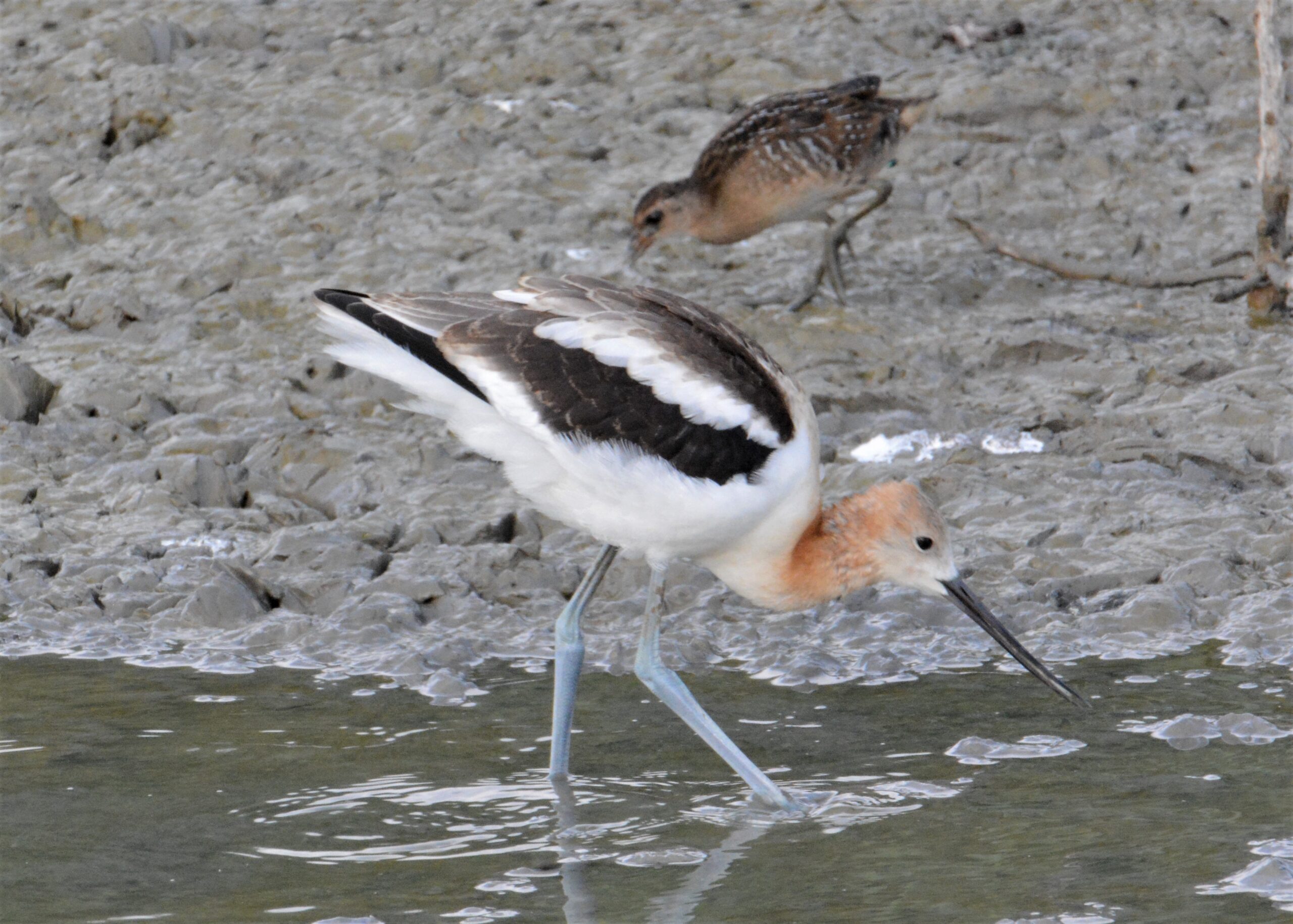
Situated at the mouth of the Bear River in northern Utah, Bear River Migratory Bird Refuge conserves a key area of marshlands surrounded by arid desert. Millions of birds, traveling along both the Pacific and Central Flyways, stop there to rest, feed, or nest.
To provide different water depths for a variety of waterbird species over the seasons, the refuge uses a complex system of water control structures. However, deferred work on levees and canals made up nearly a third of the refuge’s 2024 maintenance backlog.
Monte Vista National Wildlife Refuge
Estimated maintenance backlog: Over $33 million
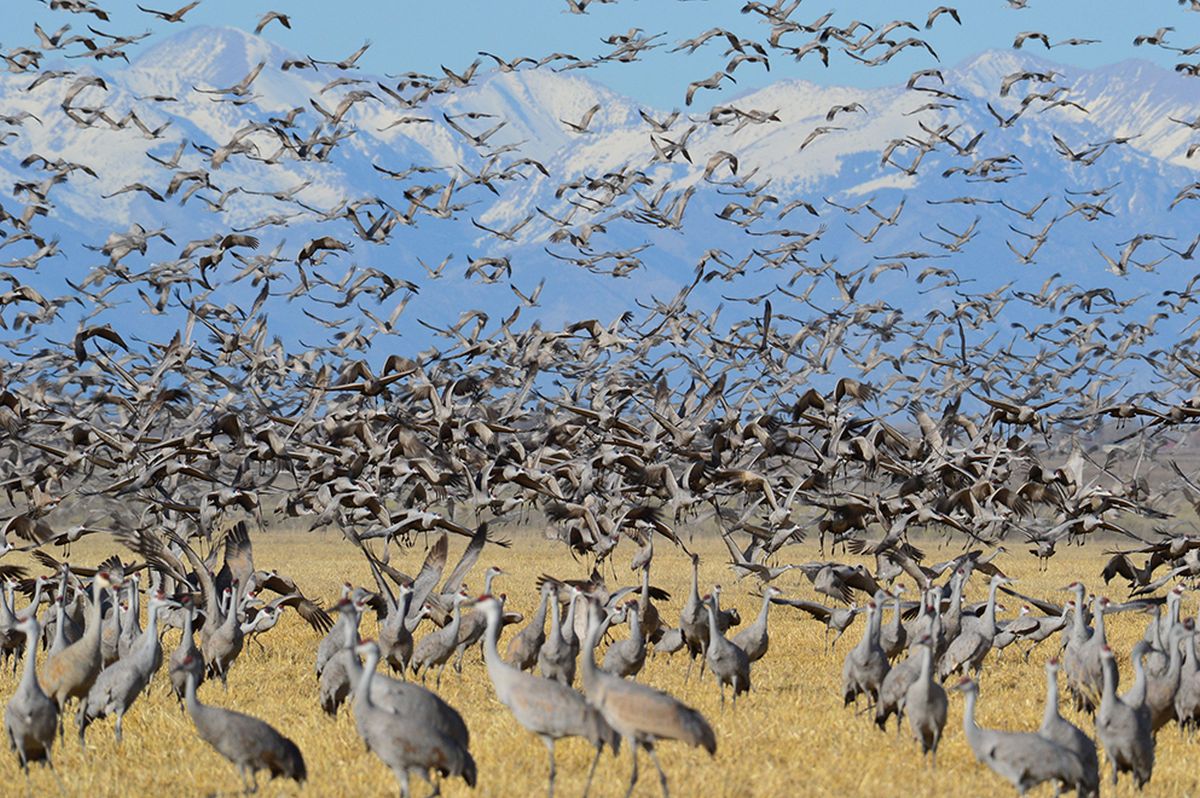
Every spring, this Colorado refuge hosts the Monte Vista Crane Festival, a multi-day celebration of the more than 20,000 sandhill cranes that spend part of the year in the San Luis Valley. Festival goers—and other visitors to the refuge during the spring—can catch sight of the birds roosting and performing their famous ritual courtship dance.
As with other refuges on this list, many of Monte Vista’s maintenance needs connect to the complex infrastructure necessary to maintain healthy habitats for waterbirds. The refuge lacks funds for scores of projects on its critical canals, levees and water production systems.




